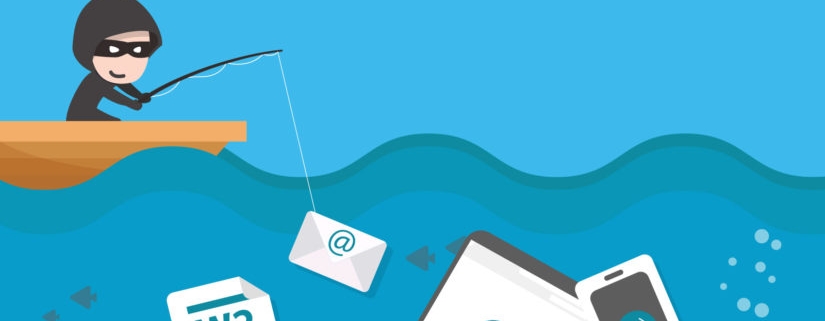
The phishermen are getting smarter, using better lures to catch ever smarter phish (in this case, you, as an Office 365, OneDrive, SharePoint, or Dropbox user).
Armed with better grammar and embedding your company name and email address within the email and images, and further, using authentic OneDrive or Dropbox URLs to link to, these latest scammers are luring users into providing their username and passwords to the scammers.
And, considering many users re-use usernames and passwords in lots of applications, capturing their OneDrive or Dropbox password then gives the scammer access to a trove of personal or company information, from which to profit from.
Like today’s most profitable scam — the “whaling” email impostor scam (a/k/a Business Email Compromise), these phisherman are patient, smart, and don’t make grammatical mistakes in their lure emails.
Know More About Phishing, Vishing & Smishing.
Here is how it works.
Know More: Free Secure Email
Tech Essentials strongly recommends:
Importantly, with RMail message level encryption, user’s default to one-time-passwords which makes it more secure — as these passwords will not provide access to any other corporate systems.
RMail is free to use in a base plan, so there are no barriers to getting started and installing RMail into your, and your staff’s, Microsoft Outlook or Gmail user interface.

December 26, 2025

December 19, 2025

December 12, 2025

December 05, 2025

November 21, 2025